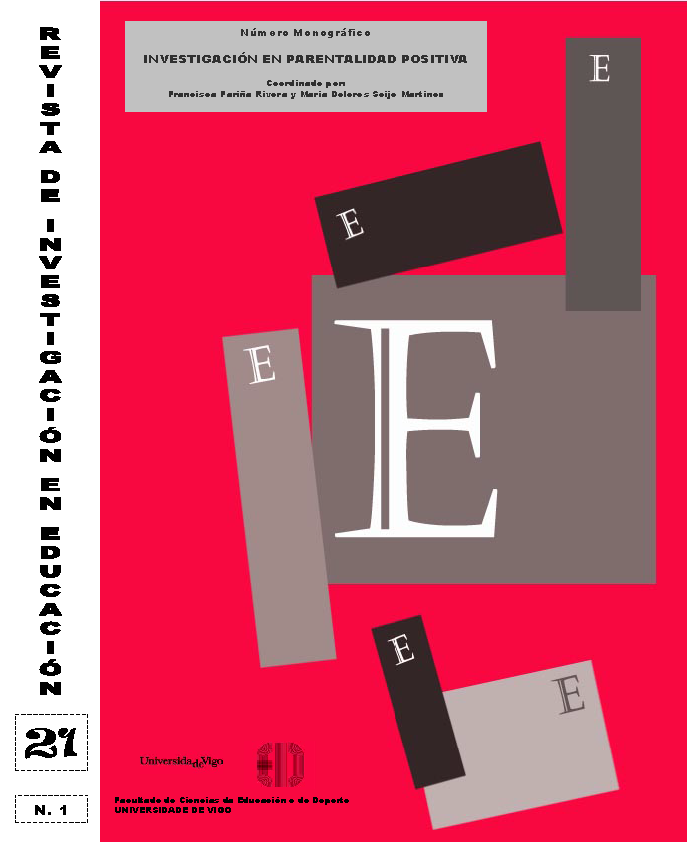First They Have to Show Up: How Dads Back! Academy Successfully Engaged Formerly Incarcerated Fathers in a Responsible Fatherhood Program
DOI:
https://doi.org/10.35869/reined.v21i1.4535Keywords:
Fatherhood Programs, Incarcerated Parents, Non-custodial Fathers, Recruitment, RetentionAbstract
Programs that prepare incarcerated fathers for their role as parents are important because research indicates that positive father-child relationships can counter the negative effects of parental incarceration for children. However, program recruitment and engagement have been historically problematic. The goal of the Los Angeles-based Dads Back! Academy was to enhance the parenting, relationship, and job preparation skills of non-working reentering fathers to effectively parent their children ages 24 and younger. This descriptive evaluation was based on a five year grant and examined successful strategies for program recruitment and engagement, and also described program dosage. Results indicated that four times as many participants were recruited to reach recruitment targets. Multiple recruitment strategies were used including smaller “focused” approaches and large events. Less effort was needed to contact participants who were ultimately retained. The most engaged participants tended to be older, male, and not looking for work. Those with more initial knowledge of job preparation were significantly more likely to finish the workshops. Eighty-eight percent of workshops were held as planned, and participation per session was high (over 80%). Participants received 3,2 referrals and 17 total service contacts, and 101 hours of curriculum in 15 different topics. These results can be used as possible benchmarks for future programs.
Downloads
Downloads
Published
Issue
Section
License
Copyright (c) 2023 Revista de Investigación en Educación

This work is licensed under a Creative Commons Attribution-NonCommercial-NoDerivatives 4.0 International License.
The acceptance of the papers for publication, means that the printing and reproduction rights are owned by the journal. The conditions of use and reuse of content are those established in the Creative Commons CC BY-NC-ND 4.0 license.



